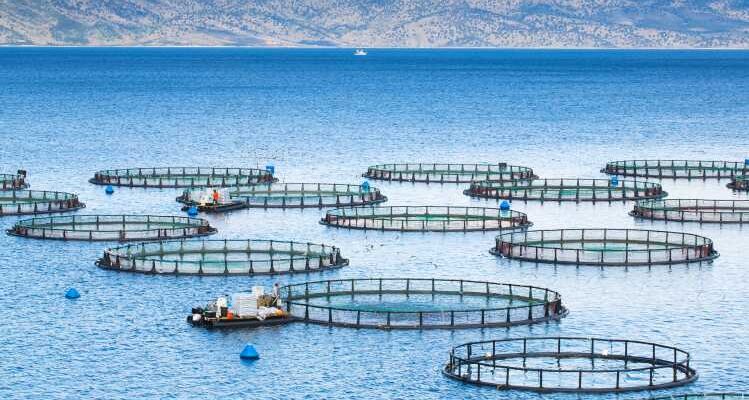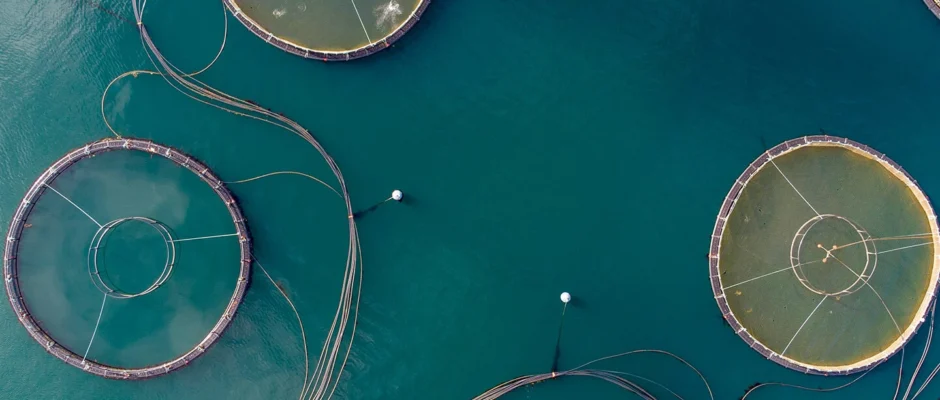ICES Experts Propose Revolutionary Framework for Marine Aquaculture Classification: Redefining ‘Open Ocean’ and ‘Exposed Aquaculture
The International Council for the Exploration of the Sea (ICES) Working Group on Open Ocean Aquaculture (WGOOA) has proposed a groundbreaking redefinition of marine aquaculture terminology, aimed at improving site selection, operational efficiency, and regulatory frameworks in the growing aquaculture industry. The Need for Clear Definitions Traditional classifications of marine aquaculture sites have often led to confusion and inefficient planning due to the interchangeable use of terms like ‘open ocean’ and ‘exposed aquaculture’. This new framework seeks to establish clear distinctions between geographical location and environmental conditions, providing stakeholders with more precise tools for decision-making. Key Components of the New Framework Geographic Classification: “Offshore Aquaculture” Environmental Classification: “Exposure Aquaculture” Advanced Assessment Tools The WGOOA has developed sophisticated tools to quantify environmental conditions: Benefits for Different Stakeholders Regulators Equipment Designers Insurers Farm Managers Impact on Marine Spatial Planning The new framework will significantly improve marine spatial planning by: Technological Integration The framework incorporates modern technologies: Environmental Considerations The new framework emphasizes environmental sustainability through: Economic Implications The proposed changes are expected to bring significant economic benefits: Future Development The WGOOA continues to work on: Implementation Challenges Several challenges need to be addressed: Recommendations for Industry Adoption Global Impact The new framework is expected to influence: Conclusion The ICES experts’ proposal represents a significant step forward in marine aquaculture development. By clearly distinguishing between geographical location and environmental exposure, the framework provides a more precise and practical approach to planning and operating marine aquaculture facilities. This will lead to improved sustainability, efficiency, and safety in the industry, while supporting its continued growth and development. Future Outlook As the aquaculture industry continues to expand, this new framework will play a crucial role in: The adoption of these new definitions and assessment tools marks a significant milestone in the evolution of marine aquaculture, providing a solid foundation for the industry’s future growth and development.


